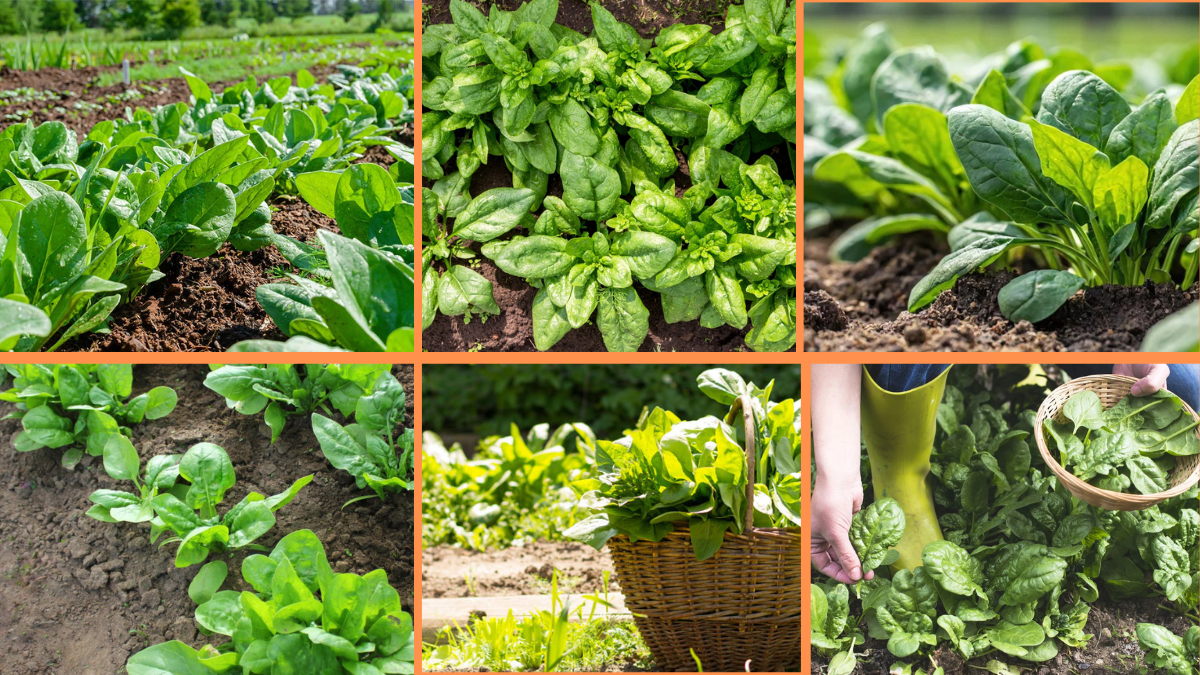If you’re dreaming of a lush, productive vegetable garden, spinach (Spinacia oleracea) is a fantastic leafy green to start with. Loved for its tender, nutrient-packed leaves, spinach grows quickly, thrives in cool weather, and delivers multiple harvests in one season. Best of all, it’s one of the easiest crops for beginner gardeners to grow successfully.
Whether you’re planting in raised beds, containers, or a traditional backyard plot, this guide will walk you through everything you need to know about how to start growing spinach — from choosing the right varieties to planting, care, and harvest.
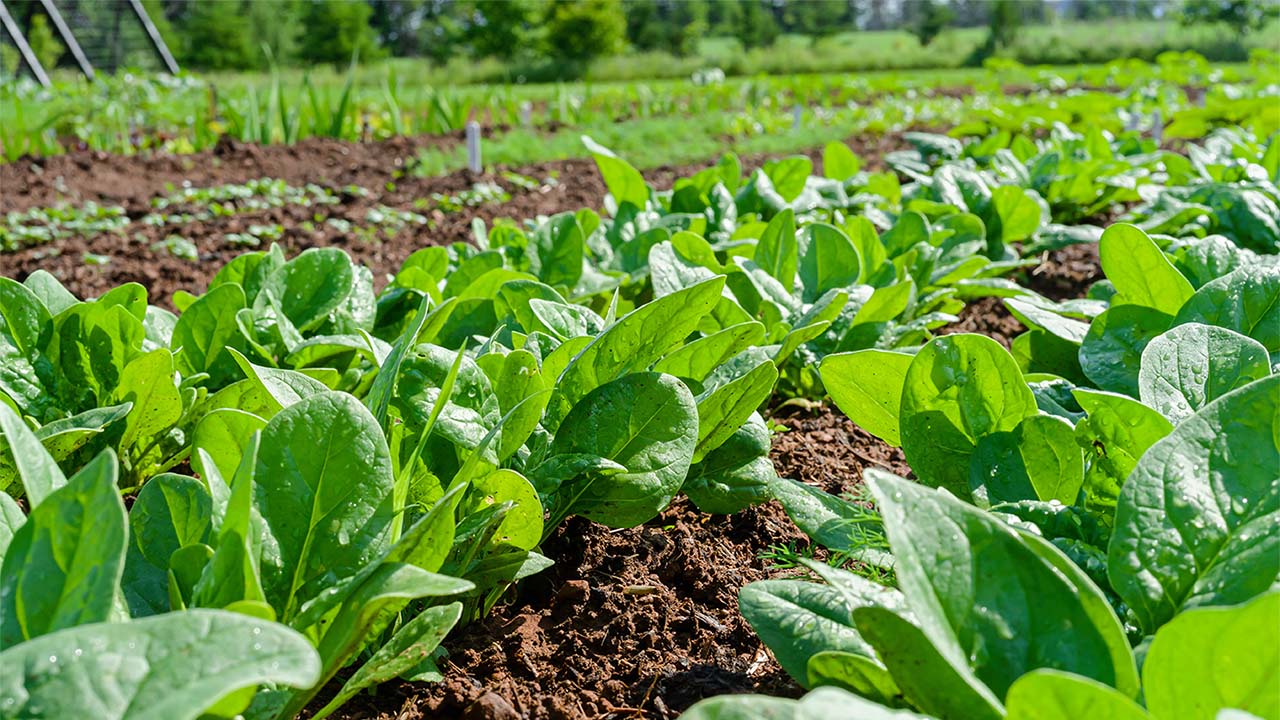
Why Grow Spinach?
Spinach isn’t just a nutritional powerhouse — it’s also one of the most garden-friendly crops you can grow. Here’s why:
- Fast-growing: Ready to harvest in as little as 30 days.
- Cool-weather favorite: Perfect for spring and fall planting.
- Rich in vitamins and minerals: Especially iron, vitamin K, vitamin C, and folate.
- Versatile in the kitchen: Use fresh in salads, sautéed, or blended into smoothies.
- Low-maintenance: Minimal pest and disease issues.
Whether you’re an experienced gardener or a beginner, spinach offers big rewards with little fuss.
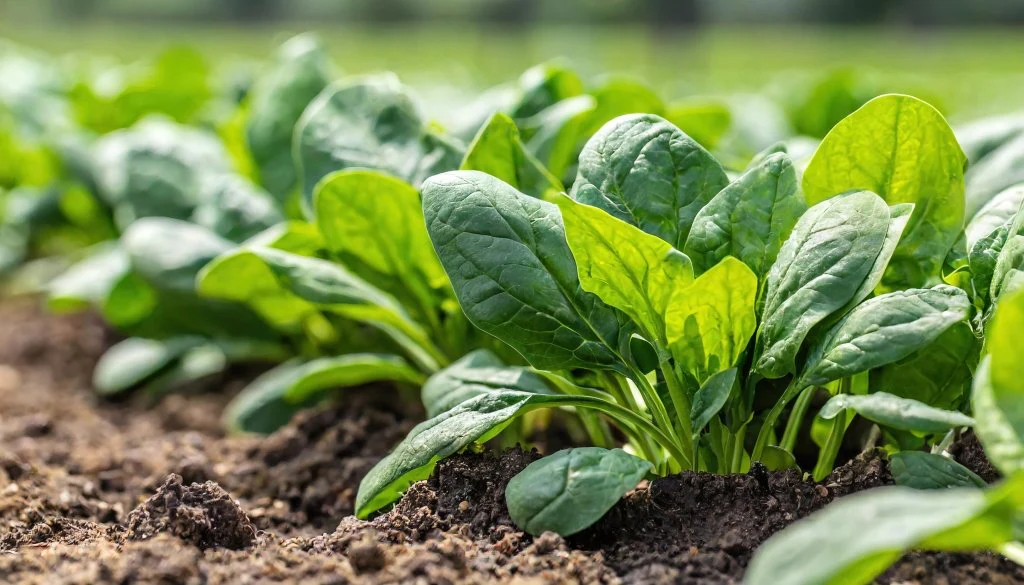
Best Spinach Varieties to Grow
There are three main types of spinach you’ll find for growing at home:
- Savoy Spinach:
- Dark green, crinkly leaves.
- Cold-tolerant and flavorful.
- Varieties: ‘Bloomsdale,’ ‘Regal’
- Semi-Savoy Spinach:
- Slightly crinkled leaves, easier to clean.
- Good disease resistance.
- Varieties: ‘Tyee,’ ‘Space’
- Flat-Leaf Spinach:
- Smooth, tender leaves.
- Ideal for salads and freezing.
- Varieties: ‘Corvair,’ ‘Red Kitten’
Tip: Choose bolt-resistant varieties like ‘Tyee’ or ‘Space’ for warmer climates or late spring planting.

When and Where to Plant Spinach
Best Planting Seasons:
- Early spring: 4-6 weeks before your last frost date.
- Fall: 6-8 weeks before the first expected frost for a late-season harvest.
Spinach thrives in cool weather and struggles in high heat, which causes it to bolt (go to seed) prematurely.
Choosing the Planting Site:
- Sunlight: Full sun (at least 6 hours) is ideal, but spinach tolerates partial shade — especially in hotter climates.
- Soil: Rich, well-draining, loamy soil with a pH between 6.0 and 7.0.
- Soil Preparation: Work in compost or aged manure before planting to improve soil fertility and structure.
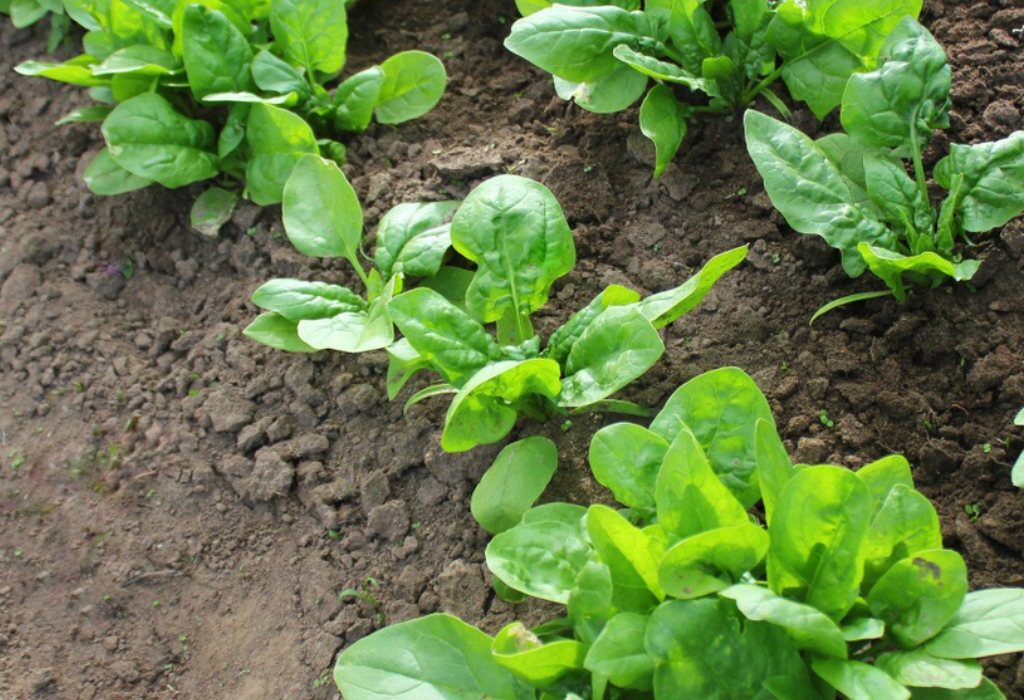
How to Plant Spinach
From Seeds:
Spinach grows best directly from seed rather than transplants, as it dislikes being moved.
Steps:
- Sow seeds ½ inch deep and 1 inch apart in rows spaced about 12-18 inches apart.
- Cover lightly with soil and water gently.
- Keep soil consistently moist, especially during germination.
Germination Time: 7-14 days, depending on temperature.
Successive Planting:
For continuous harvests, plant new seeds every 10-14 days throughout the cool season.

Caring for Spinach Plants
Spinach is low-maintenance but benefits from consistent care for optimal growth.
Watering:
- Keep soil evenly moist, especially during dry spells.
- Avoid waterlogged conditions, which can cause root rot.
Tip: Use a soaker hose or drip irrigation to water at the soil level and prevent leaf diseases.
Fertilizing:
- If soil was amended with compost, additional fertilizer may not be needed.
- For nutrient-poor soils, side-dress with a balanced 10-10-10 fertilizer once plants are a few inches tall.
- Alternatively, use a liquid seaweed or fish emulsion feed every 2-3 weeks.
Mulching:
Apply a 1-2 inch layer of organic mulch (like straw or shredded leaves) to:
- Retain moisture.
- Suppress weeds.
- Keep soil cool.
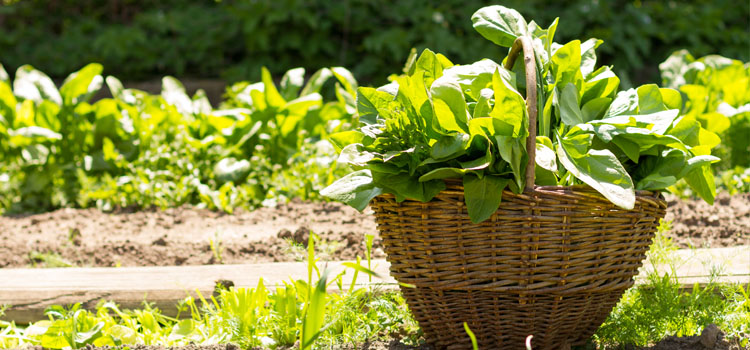
Common Pests and Problems
While relatively problem-free, keep an eye out for:
Pests:
- Aphids: Remove with a blast of water or insecticidal soap.
- Leaf Miners: Remove affected leaves and use row covers to protect young plants.
- Slugs and Snails: Handpick or use barriers like diatomaceous earth.
Diseases:
- Downy Mildew: Encourage airflow, avoid overhead watering, and remove infected leaves.
- Fusarium Wilt: Rotate crops and avoid planting spinach in the same spot every season.
Harvesting Spinach
Spinach leaves can be harvested at different stages depending on your preference.
Baby Greens:
- Ready when leaves are 2-3 inches long.
- Use scissors or garden shears to cut outer leaves, leaving the center to continue growing.
Mature Leaves:
- Harvest before plants bolt (send up a flower stalk).
- Cut individual leaves or the whole plant at the base.
- Frequent harvesting encourages continuous growth.
Tip: Always harvest in the cool morning hours when leaves are crisp and at their freshest.
Storing and Using Fresh Spinach
- Refrigerate unwashed leaves in a plastic bag or storage container with a paper towel to absorb moisture.
- Best used within 5-7 days.
- Wash thoroughly before eating to remove soil and insects.
Preserving Tip: Blanch and freeze spinach for use in soups, sautés, and casseroles throughout the year.
Growing Spinach in Containers
Short on garden space? Spinach thrives in containers, too.
Container Requirements:
- Depth: At least 6-8 inches.
- Use a high-quality vegetable potting mix with good drainage.
- Sow seeds ½ inch deep and space 3 inches apart.
- Place containers in a sunny to partially shaded location.
Container-grown spinach often benefits from more controlled soil moisture and fewer pest problems.
Companion Planting for Spinach
Plant spinach near compatible crops to improve growth and minimize pests.
Good Companions:
- Radishes
- Carrots
- Strawberries
- Peas
- Cabbage
Avoid planting near: Potatoes and fennel.
Pro Tips for Growing Spinach Successfully
- Pre-soak seeds overnight before planting to improve germination rates.
- Thin seedlings to prevent overcrowding and poor airflow.
- Use shade cloth or plant spinach in partial shade for late spring crops to delay bolting.
- Practice crop rotation to avoid soil-borne diseases.
- Plant a fall crop in late summer for tender, sweet leaves in cooler autumn weather.
Final Thoughts
Spinach is one of the easiest, most rewarding vegetables to grow, offering quick harvests, rich nutrition, and versatility in the kitchen. With a little planning and attention to cool weather planting, soil preparation, and consistent care, even beginners can enjoy lush, vibrant spinach crops at home.
Whether you’re growing in containers, raised beds, or open garden plots, starting your own spinach patch is a simple, satisfying way to add fresh, homegrown greens to your meals.
